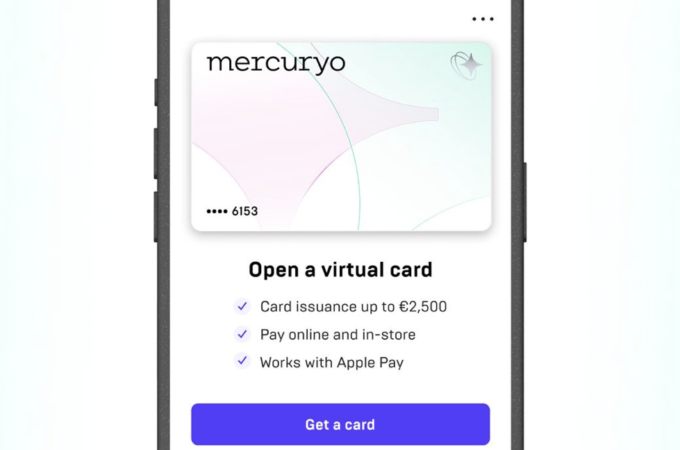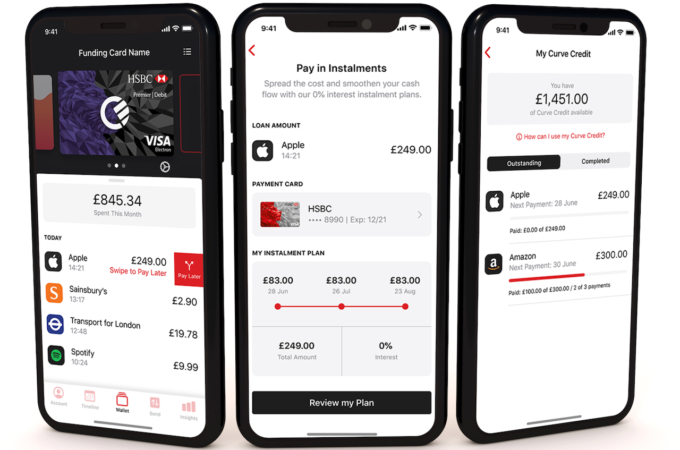
Slash aims to corner the Gen Z market with business-focused banking features
Around two years ago, Victor Cardenas and Kevin Bai — college dropouts from Stanford University and the University of Waterloo, respectively — built a fintech platform called Slash that lets users create shareable virtual cards to split recurring expenses. Slash quickly became popular with teenagers because its virtual cards were debit-based, available to people 13 or older and didn’t limit spending based on credit history.
Today, Slash — which is FDIC-insured via Piermont Bank, its partner bank — offers something of a hybrid business/personal banking product that allows users to silo their personal and business funds but manage them from a single dashboard. Customers get two Mastercard-branded debit cards and see two transaction feeds, with controls for whitelisting — or blacklisting — merchants for purchases.





